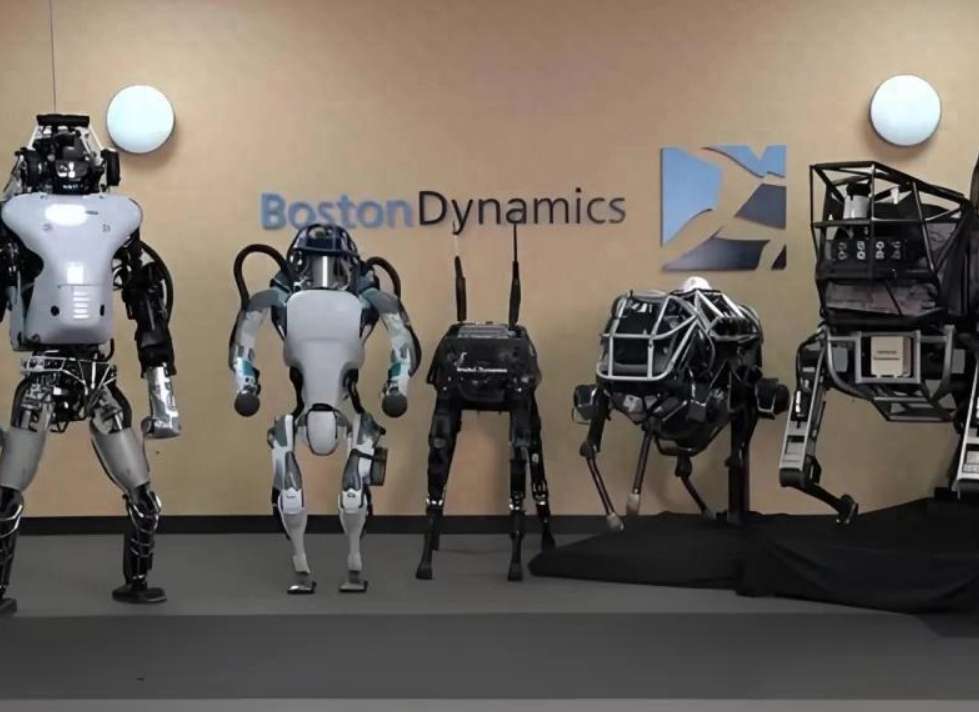In the universe of robotics, Boston Dynamics has long been celebrated as a beacon of innovation, capturing the imagination of tech enthusiasts and investors alike. Established over three decades ago, the company has been viewed as a harbinger of the robotic revolution. However, a closer look reveals that this once-prominent player has faced significant challenges in transitioning from visionary concepts to tangible products that find a home in the market. Despite its reputation for groundbreaking technology, it becomes clear that the ambitions of Boston Dynamics have often clashed with harsh commercial realities. We embark on a detailed exploration of the underlying factors that have led this company, once touted as an industry leader, into a state of obscurity and stagnation.
One striking aspect of Boston Dynamics' operations is its reliance on a “presentation-first” business model—often characterized as a “PPT company.” The company has mastered the art of crafting visually stunning, cinematic videos that highlight the capabilities of their robots. During funding rounds, they release these captivating demonstrations to lure investors, creating the illusion that revolutionary products are just around the corner. However, these showcases tend to be largely experimental, showing off potential rather than presenting commercially viable solutions.
Take the example of Spot, the robotic dog. Over the years, Boston Dynamics has released numerous breathtaking videos featuring Spot performing remarkable feats that seem to push the boundaries of technology. However, the transition from these impressive demonstrations to practical, consumer-friendly products has not materialized. The company's approach—focusing on visual spectacle rather than delivering market-ready products—has captivated media and investors momentarily, yet it has not been a sustainable strategy for long-term growth.
Furthermore, Boston Dynamics has found itself in a precarious position, dependent on a continuous influx of external financing to stay afloat. This reliance on capital markets is a significant pain point for the company. Each investment cycle sees the company roll out its phenomenal videos, enticing stakeholders with visions of technological advancements, but there is little to no profit generated from actual product sales, making them wholly reliant on external funds for operation.
Having received financial backing from tech giants like Google, and being acquired by SoftBank and later by Hyundai, one might assume that such support would help Boston Dynamics escape its rut. Yet, despite the substantial capital, the company remains ensnared in the web of fanciful demonstrations without producing market-ready products. In stark contrast to successfully market-driven firms, their financing has often amounted to mere lifelines, merely prolonging survival rather than facilitating meaningful growth.

Another factor contributing to Boston Dynamics' plight is its misalignment in technological direction, which has resulted in missed opportunities for transition. For many years, the company has honed in on hydraulic systems, garnering significant prowess in that area. However, as the market and technology landscape evolved, hydraulic systems—while innovative—proved to be arcane, burdened with high complexity and costs, preventing scalability and ultimately resulting in the company lagging behind.
In 2023, the company announced a pivot to electric propulsion systems, discarding years of investment in hydraulic technology. Nevertheless, by this juncture, electric drive technologies had already progressed and penetrated the market. The substantial investments and resources spent on hydraulic systems led to Boston Dynamics missing critical market opportunities and fall further behind competitors.
Comparing Boston Dynamics to firms such as Chinese Uris Technology sheds light on the disparity in execution. While Boston Dynamics remained entrenched in the realm of impressive video showcases, Uris successfully mass-produced and applied robotic dogs across various sectors well before Boston made its strategic shift. This disconnect in technological focus and execution has been a significant contributor to Boston Dynamics’ commercial failures.
Moreover, much like Boston Dynamics, Royole Corporation also gained attention with its flexible screen technology, accumulating an impressive patent portfolio. However, similar to Boston Dynamics, it struggled to translate advanced technologies into products that gained market recognition and found suitable B2B customers.
The difference lies in the market support; while Royole did not have major capsize support, Boston Dynamics faced immense backing from SoftBank and Hyundai but still found it challenging to apply its technology effectively. Even with leading-edge technologies, without market validation and recognition, establishing a sustainable business model becomes nearly impossible.
Another noteworthy complication for Boston Dynamics is illustrative of a broader trend in the American manufacturing landscape—a process often referred to as industrial hollowing. Despite being a leader in technological innovation, the United States has seen an erosion of its manufacturing base in recent years. As sectors like finance and AI have flourished, traditional manufacturing and industrial technologies have been sidelined. The struggles of Boston Dynamics reflect this unbalanced ecosystem.
The hydraulic technology developed by Boston Dynamics might have benefitted from the robust American manufacturing ecosystem. However, the ongoing trend of manufacturing hollowing has rendered such dreams unattainable. In contrast, emerging markets such as China have leveraged integrated supply chains and economies of scale to achieve rapid progress.
Additionally, the deficiency in a supporting ecosystem and supplier network for robotics in the United States constrains Boston Dynamics during its transition to electric propulsion technology. A lack of necessary industrial support and component suppliers has presented significant obstacles.
Finally, the chasm between technology and commercialization remains a critical theme in Boston Dynamics' narrative. Although the company is irrefutably at the forefront of robotic technology, achieving commercial success demands more than technological breakthroughs. In a market devoid of mature ecosystems to support the development, the presence of substantial capital and talented tech teams does not guarantee the conversion of innovative ideas into widely accepted products. This disconnect represents a core reason behind their commercial struggles.
The journey of Boston Dynamics underscores an essential lesson: evaluating a company goes beyond merely admiring flashy technology demonstrations and catchphrases. The critical metric lies in a company’s ability to produce products that are genuinely accepted and desired by the market. In this rapidly advancing landscape of technology, the ultimate measure of success for any enterprise resides in its capacity to deliver impactful products and solidify its market position.